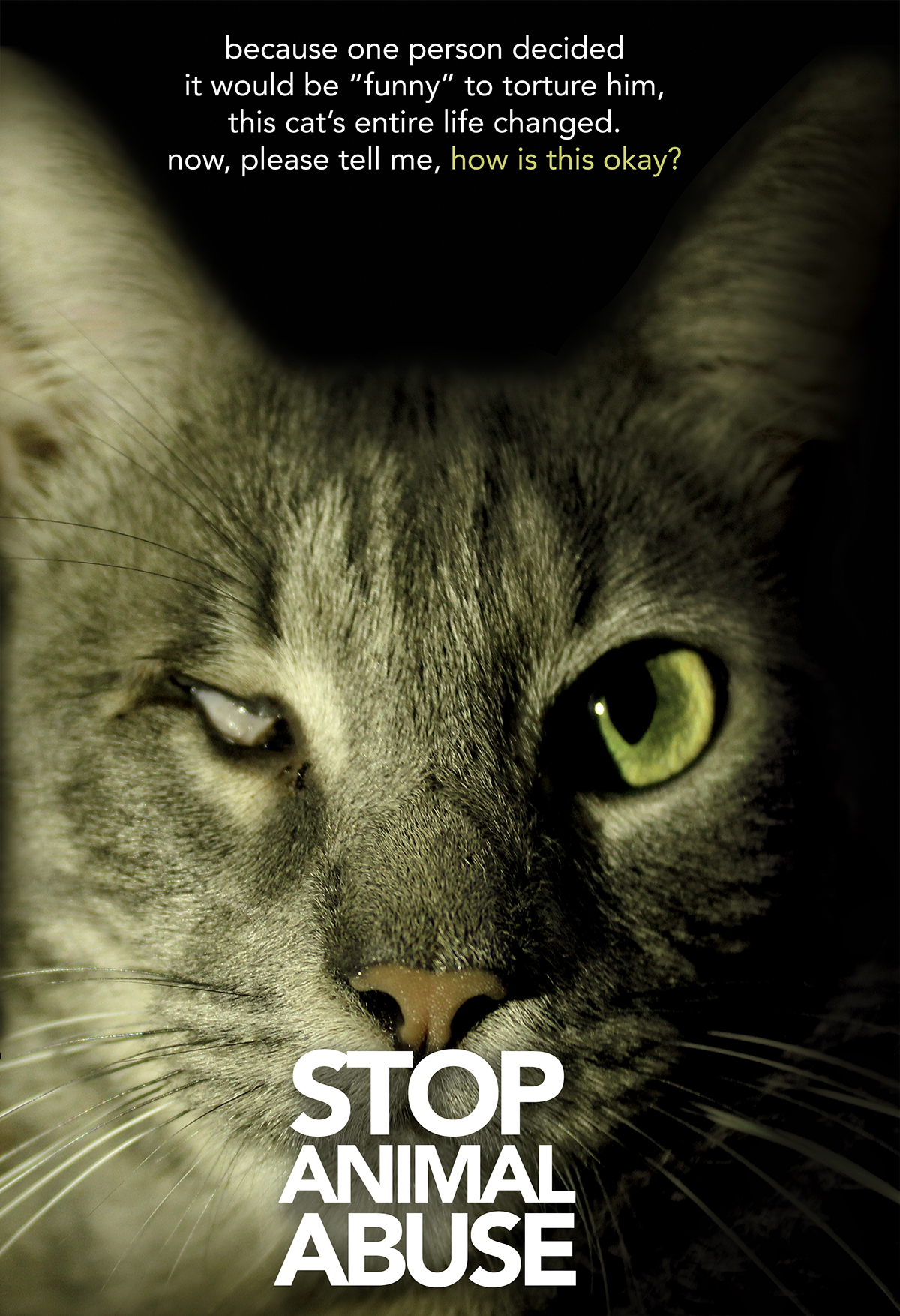When contemplating the relationship between humans and animals, a disquieting question arises: Do we take animal abuse seriously enough? This inquiry demands introspection and analysis, given the myriad instances of cruelty inflicted upon sentient beings by individuals and organizations alike. The grim reality of animal abuse confronts us daily, yet the prevalent societal response often oscillates between indifference and apathy. It is a reality that invites us not only to observe but to challenge ourselves and our communities. Are we truly committed to combatting this insidious issue, or have we become desensitized to suffering? This article presents an in-depth exploration into the intricacies of animal abuse and a call to action that seeks to incite awareness and provoke concrete change.
At the outset, it is essential to delineate what constitutes animal abuse. Broadly speaking, animal abuse can be categorized into two main types: active and passive. Active abuse involves direct and intentional harm, as seen in cases where animals are physically beaten, neglected, or exploited for entertainment. Passive abuse encompasses neglectful behavior, such as failing to provide adequate food, shelter, or medical care. Both forms present a harrowing outlook on our treatment of animals, raising the question: Are these acts deemed serious enough in the eyes of the law and society?
Numerous jurisdictions have established laws against animal cruelty, yet the enforcement of these regulations often leaves much to be desired. Penalties frequently do not reflect the severity of the abuse—monetary fines may be insufficient to deter habitual offenders. Furthermore, the lack of awareness about existing animal protection laws can leave many animals vulnerable. If society truly valued animal welfare, legislation would not only exist but be rigorously enforced. Thus, the question emerges: Are we, as a society, adequately informed about our legal responsibilities concerning animal welfare?
Dishearteningly, animal abuse often garners limited media attention unless the circumstances are extraordinarily egregious. The sensationalism surrounding high-profile cases can eclipse the everyday horrors faced by animals in less conspicuous settings, such as puppy mills or factory farms. These systemic issues invite us to consider the broader ramifications of our consumer choices. If we take animal abuse seriously, why does the demand for products derived from suffering persist? The dissonance between compassion for individual animals and ignorance of industrial practices represents a critical disconnect that must be addressed.
Moreover, the normalization of animal abuse in various sectors—such as entertainment, fashion, and even research—further complicates the matter. The cinematic portrayal of animals often romanticizes their exploitation, perpetuating a cycle where abuse is trivialized. A jovial question arises: How can we reconcile our love for animals with our consumption of media that perpetuates their suffering? The challenge lies in redefining societal narratives around animal welfare and advocating for representations that prioritize ethical considerations.
Another critical facet to examine is the psychological dimensions of those who commit acts of animal cruelty. Research reveals a disturbing correlation between animal abuse and antisocial behavior, suggesting that individuals who harm animals may pose a greater risk to human society as well. This understanding compels us to address the root causes of such abusive behavior, engaging in comprehensive educational initiatives that underscore empathy and respect for all living beings. Are we doing enough to foster a culture of compassion, and to educate future generations about the importance of animal welfare?
Despite the grim nature of this topic, there exists an undeniable spark of hope fostered by numerous grassroots movements, organizations, and advocates tirelessly working on behalf of voiceless animals. From rescue efforts to public awareness campaigns, these endeavors highlight the growing recognition that animal welfare should be prioritized. Community-driven initiatives can serve as a catalyst for change by inspiring individuals to take action—be it through volunteering, advocacy, or simply spreading awareness about the realities of animal abuse.
In this era of connectivity, leveraging social media can amplify grassroots efforts to address animal abuse. Engaging campaigns that echo across platforms can evoke emotional responses, stimulating community dialogue around animal welfare. It poses the question: How can technology be harnessed effectively to inspire change in public perceptions? Utilizing visual storytelling through impactful images and testimonials can galvanize people and encourage them to participate in advocacy efforts actively.
Additionally, collaboration among various stakeholders—such as lawmakers, non-profit organizations, and the general public—is vital in cultivating a unified front against animal cruelty. Establishing partnerships that drive legislative change can dismantle the systemic ineffectiveness of current laws. The challenge lies in sustaining momentum; successful campaigns necessitate the continuous involvement of committed citizens. Are we ready to form coalitions that advance animal rights and welfare on a global scale?
As we assess our collective responsibility toward the prevention of animal abuse, we must ultimately consider the power of action versus inaction. Every individual has a role to play in dismantling the ignorance that enables cruelty. By promoting education, advocating for stronger laws, and demanding ethical consumer practices, we can champion a culture that rejects abuse and embraces compassion. This urgent call to action implores each of us to confront our own complacencies and consider: Are we prepared to stand up for those who cannot speak for themselves?
The battle against animal abuse is far from a solitary endeavor; it requires a concerted effort—one steeped in empathy, advocacy, and tenacity. Together, we can forge a path toward a society that recognizes the intrinsic value of all living beings, where animal cruelty is abhorred rather than tolerated. The time has come to shift the narrative, to elevate our collective consciousness, and to ensure that animal welfare is a fundamental concern that garners our utmost seriousness. Let us take this challenge to heart and act decisively.








